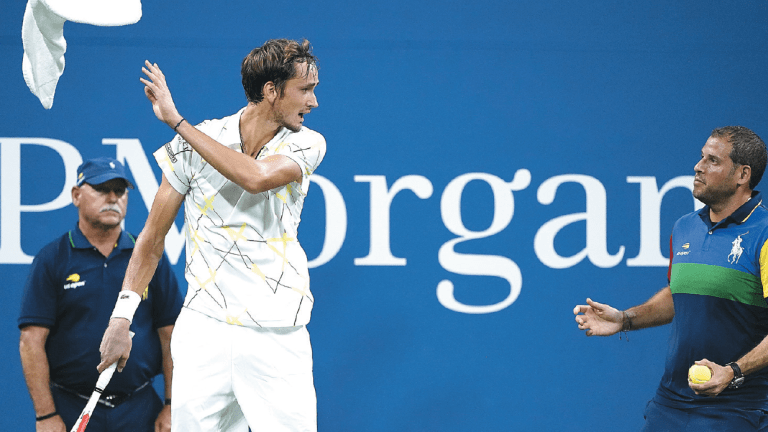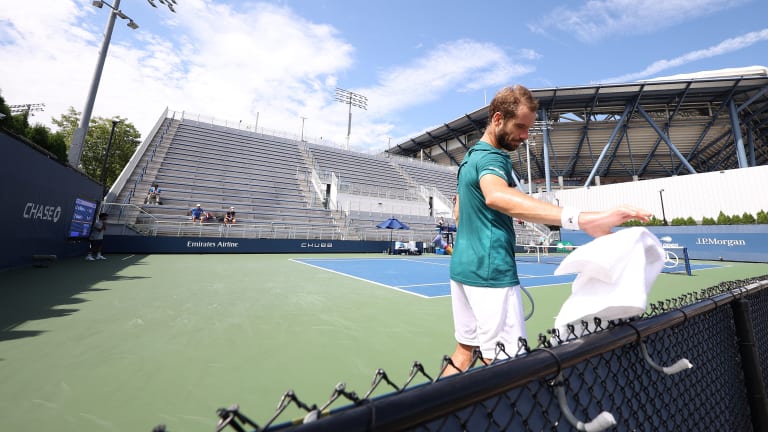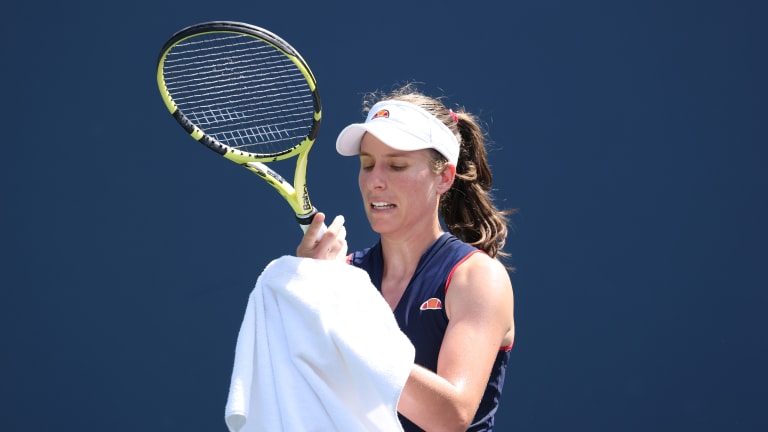Is the end of ballkids' towel-fetching duty a win? Depends who you ask
By Nov 14, 2020Pop Culture
Serena Williams named to Time's 100 most influential people ... and Coco Gauff approves!
By Apr 17, 2025Pop Culture
Serena Williams teams with Caitlin Clark to talk value of women's sports with NFL owners
By Apr 07, 2025Ranking Reaction
Aryna Sabalenka surpasses 10,000 ranking points for the first time, joins exclusive list
By Apr 02, 2025Miami, USA
Novak Djokovic lights up Miami Open as Serena Williams, Juan Martin del Potro watch on
By Mar 26, 2025Stat of the Day
Mirra Andreeva becomes second-youngest woman to defeat No. 1 and No. 2 at the same tournament
By Mar 16, 2025Lifestyle
The Tennis Traveler: How and where the pros prepared for Tennis Paradise at the BNP Paribas Open
By Mar 06, 2025Social
Spotted: Meghan Markle’s daughter plays Candy Land with ‘auntie’ Serena Williams
By Mar 04, 2025The Business of Tennis
Serena Williams joins ownership group of Toronto Tempo WNBA team
By Mar 03, 2025Pop Culture
David Beckham gifts Serena Williams Inter Miami CF jersey at 2025 season opener
By Feb 26, 2025Is the end of ballkids' towel-fetching duty a win? Depends who you ask
A 2017 Sports Illustrated piece described ballpersons as “Roman bath slaves, forced to fetch the player’s sweaty towel and obsequiously hand it over…”
Published Nov 14, 2020
Advertising

Is the end of ballkids' towel-fetching duty a win? Depends who you ask
Advertising

Is the end of ballkids' towel-fetching duty a win? Depends who you ask
© Getty Images
Advertising

Is the end of ballkids' towel-fetching duty a win? Depends who you ask
© Getty Images